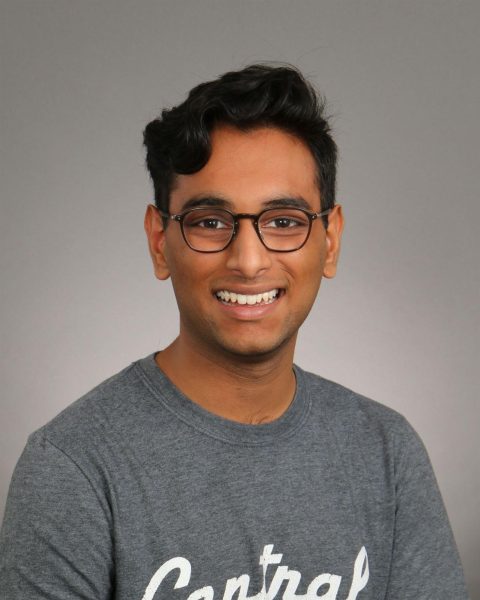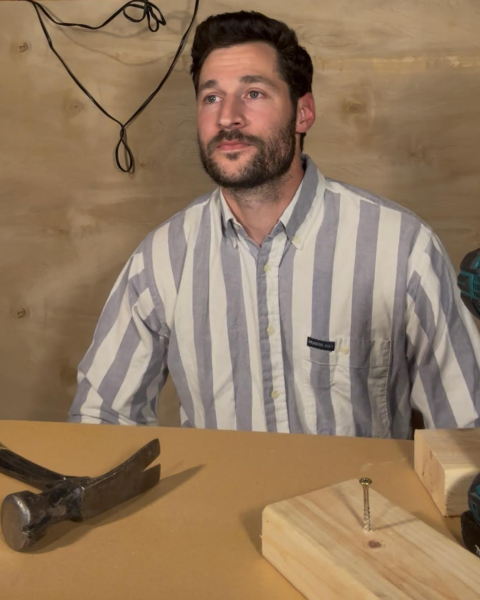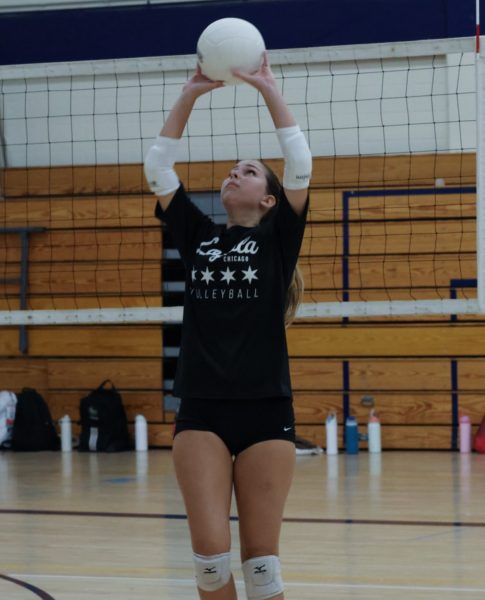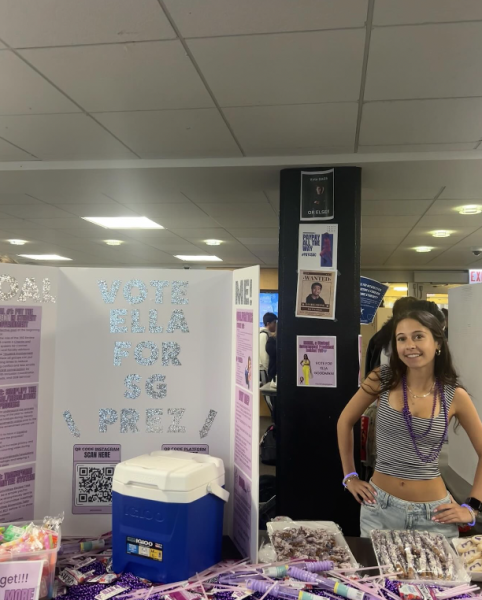WOCA Symposium
WOCA Holds its First City Wide Symposium
The Women of Color Affinity group (WOCA) has aimed to provide a space for women of color at Parker, and through their WOCA symposium, they brought together women of color from high schools around Chicago.
WOCA was created in response to the creation of MOCHA at Parker, to create a space for women of color to feel comfortable. “I felt that there wasn’t a space where women of color could speak collectively about being a woman of color in the Parker community,” senior Leila Griffin, one of the founders of WOCA, said.
Being a predominately white institution, women of color are in the minority at the school, something that can be demoralizing. “For me it was the feeling of not belonging somewhere, always feeling like an other,” senior Aziza Mabrey-Wakefield, another WOCA head said. “As Leila said, it was important to make sure that no other girl has to feel that way because I’ve felt that way since I was five years old.”
“Looking at the Parker Anonymous page, there are so many comments about microaggressions that people aren’t aware of. Those comments just feel alienating which can make it really hard to feel like part of the group,” Asha Wright, another WOCA head, said.
WOCA became an affinity club; however, the heads wanted to expand it. “We thought it was not only important to create this space not only at Parker but in the Chicago community in general which led us to create the symposium,” Mabrey-Wakefield said.
In January of 2020, the WOCA heads, in collaboration with their former faculty sponsor Ruth Jurgensen, created the idea of a symposium as there wasn’t one previously. After Jurgensen left the school, they started working with Alexis Pantoja, College Counseling Coordinator, and Rolanda Shepard, Upper School Coordinator, to make this symposium a reality.
Soon after starting to plan the symposium, they learned Loyola Academy was hosting a similar symposium set to take place on the same day, so they decided to reach out and create a joint symposium. “Both schools came together to discuss our different ideas and eventually came to an agreement on how to proceed,” Shepard said.
For the planning stages the group split into two, the faculty teams from Loyola and the faculty from Parker, and the student leaders from Loyola and Parker. Ideas were exchanged between the two groups, with the faculty being responsible for the logistical issues and the students with more of the structure of the day. After back and forth between the groups, an idea was presented to both administrations. “The administration was so receptive to the idea and were really willing to take on the challenge, which I was very grateful for,” Senior Olivia Hanley, another WOCA head said.
The day opened at 9 a.m. with Princess Sarah Culberson, an African American actress, dancer, philanthropist, and author, who was the first of three keynote speakers. After the first keynote, students were able to choose a topic which they found interesting. Topics included colorism, racial trauma, and how to take care of yourself within Predominantly White Institutions (PWIs). The group reconvined to hear from their second keynote speaker, May Spio, a Ghanian engineer who founded CEEK Virtual Reality, before breaking for lunch. After lunch there was another session where students could pick a topic, then there were affinity groups, where students were split up by ethnicity and age. Finally, the symposium closed with Jurgensen as the third keynote speaker.
“It was a beautiful coming together,” junior Yaleigh Harris said. “When you’re at a PWI, you’ll experience culture shock. A lot of people don’t understand where I come from, maybe I don’t understand where they come from, but being in a space full of people with the same experiences just gives you a sense of community.”
This sense of community is something that the faculty strove to create. “Being in a space where you’re the critical mass, where you’re in the majority, is incredibly empowering and it was incredible to see that space come to life.” Shepard said.
The conference managed to bring together over 20 schools and 103 participants from across the city. “We tease Mr. Brandon because we got more numbers in our first year than the young men of color have had. We were very excited about how many people attended, especially considering Zoom,” Shepard said.
The experience of being among peers is one that gave a space to be heard, one they aren’t always given. “We’re here and we’re trying to be seen, we’re trying to be heard and make ourselves visible, but were often overlooked.” Harris said, “Being in the event I felt like I was heard and that was amazing.”











